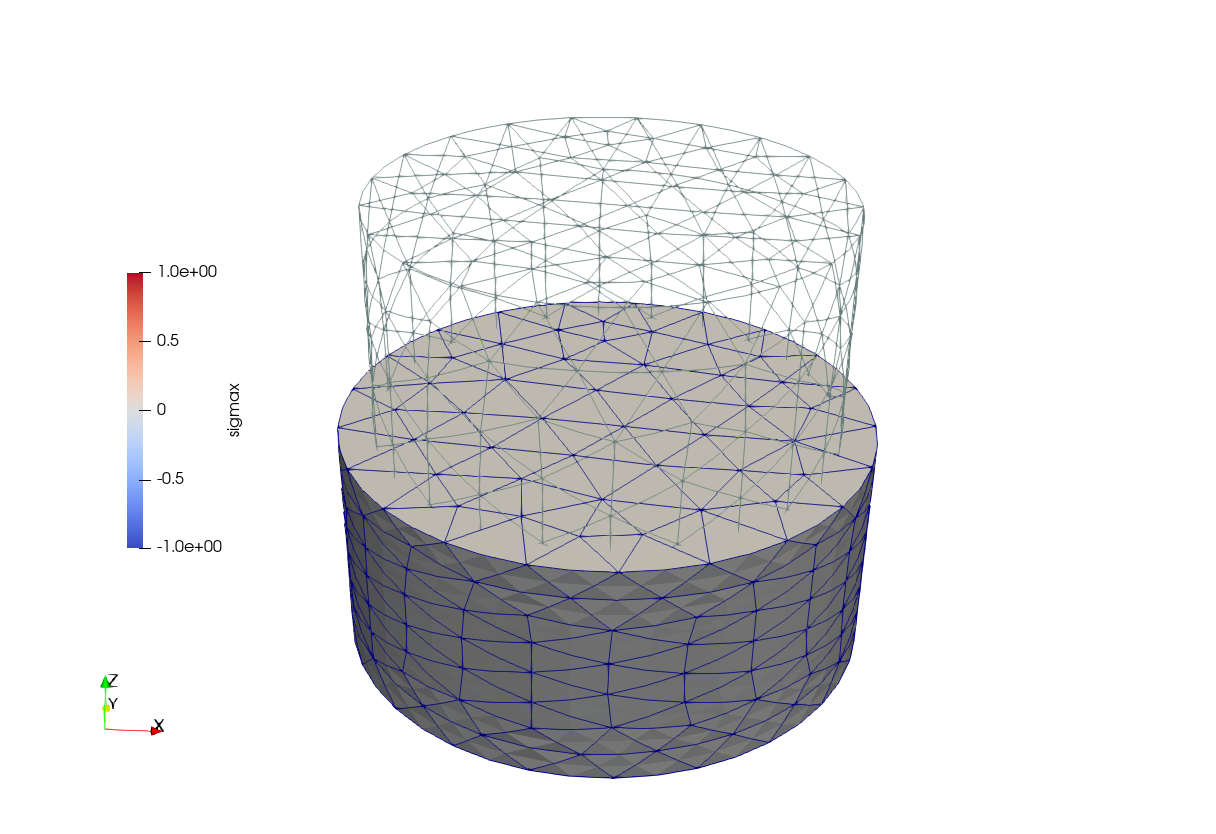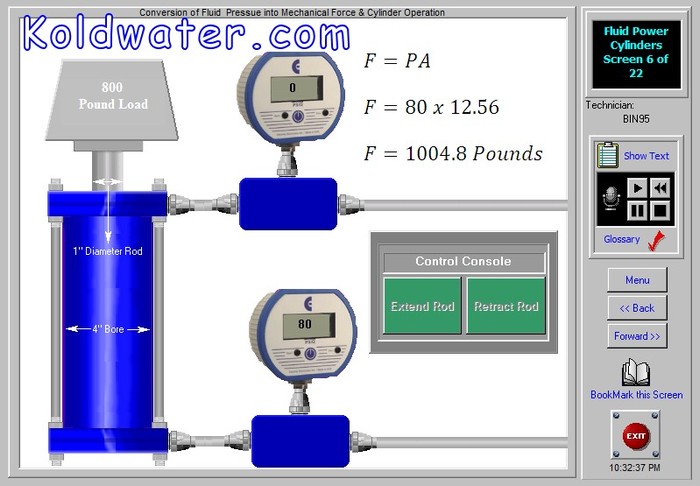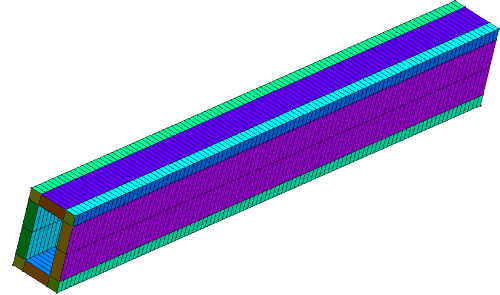

The refinement goes across the bottom of the domain from the inlet to the outlet. In "/opt/openfoam220/platforms/linu圆4GccDPOpt/bin/simpleFoam"


#11 Foam::incompressible::RASModels::kEpsilon::divDevReff(Foam::GeometricField, Foam::fvPatchField, Foam::volMesh>&) const in "/opt/openfoam220/platforms/linu圆4GccDPOpt/lib/libincompressibleRASModels.so" #10 Foam::tmp, Foam::Vector >::type, Foam::fvPatchField, Foam::volMesh> Foam::fvc::grad >(Foam::GeometricField, Foam::fvPatchField, Foam::volMesh> const&) in "/opt/openfoam220/platforms/linu圆4GccDPOpt/lib/libincompressibleTurbulenceModel.so" #9 Foam::fv::gradScheme >::grad(Foam::GeometricField, Foam::fvPatchField, Foam::volMesh> const&, Foam::word const&) const in "/opt/openfoam220/platforms/linu圆4GccDPOpt/lib/libincompressibleTurbulenceModel.so" #8 Foam::fv::cellLimitedGrad >::calcGrad(Foam::GeometricField, Foam::fvPatchField, Foam::volMesh> const&, Foam::word const&) const in "/opt/openfoam220/platforms/linu圆4GccDPOpt/lib/libfiniteVolume.so" #7 Foam::fv::leastSquaresGrad >::calcGrad(Foam::GeometricField, Foam::fvPatchField, Foam::volMesh> const&, Foam::word const&) const in "/opt/openfoam220/platforms/linu圆4GccDPOpt/lib/libfiniteVolume.so" #6 Foam::leastSquaresVectors::pVectors() const in "/opt/openfoam220/platforms/linu圆4GccDPOpt/lib/libfiniteVolume.so" #5 Foam::leastSquaresVectors::makeLeastSquaresVectors() const in "/opt/openfoam220/platforms/linu圆4GccDPOpt/lib/libfiniteVolume.so" > const&) in "/opt/openfoam220/platforms/linu圆4GccDPOpt/lib/libOpenFOAM.so" After using refineMesh, checkMesh reports: ***Number of edges not aligned with or perpendicular to non-empty directions: 1374 It works perfectly until I use refineMesh on it. Volume 165.I have a 2D simulation of flow over a half cylinder. Numerical Study and Physical Analysis of the Pressure and Velocity Field in the Near Wake of a Circular Cylinder. Development of a high-order continuous Galerkin sharp-interface immersed boundary method and its application to incompressible flow problems, Barbeau, L., Étienne, S., Béguin, C., & Blais, B. A semi-implicit immersed boundary method and its application to viscous mixing. Blais, B., Lassaigne, M., Goniva, C., Fradette, L., & Bertrand, F. Investigate the impact of the time-step and the time-stepping scheme (e.g., sdirk 3 or bdf 3) Repeat the same example in 3D for a cylinder/sphere and study the effect on the drag and lift forces. Increase the Reynolds number to study a completely turbulent wake and the drag crisis phenomenon. Study the vortex shedding of other bluff bodies. Using Paraview the following velocity and pressure fields can be visualized in time: 6.7. The frequency of vortex shedding is related to the Strouhal number: This vortex shedding causes a fluctuating pressure force acting on the cylinder, resulting in oscillations of the drag and lift coefficients in time. These vortices successively detach from the cylinder in a periodic manner (vortex shedding), leading to the generation of the von Kármán vortex street pattern in the wake. The flow field features a stable laminar boundary layer at the cylinder leading edge and a recirculation zone behind it formed by two unstable vortices of opposite signs. We re-use the geometry and mesh presented in 2D Flow around a cylinder, which were taken from Blais et al. We simulate the flow around a fixed cylinder with a constant upstream fluid velocity. Geometry file: /examples/incompressible_flow/2d_transient-flow_around_cylinder/cylinder_structured.geo Mesh file: /examples/incompressible_flow/2d_transient-flow_around_cylinder/cylinder_structured.msh Parameter file: /examples/incompressible_flow/2d_transient-flow_around_cylinder/cylinder.prm Usage of Gnuplot and Python scripts for the data post-processing Solver: gls_navier_stokes_2d (with Q2-Q1)

This example corresponds to a transient flow around a fixed cylinder at a high Reynolds number.


 0 kommentar(er)
0 kommentar(er)
